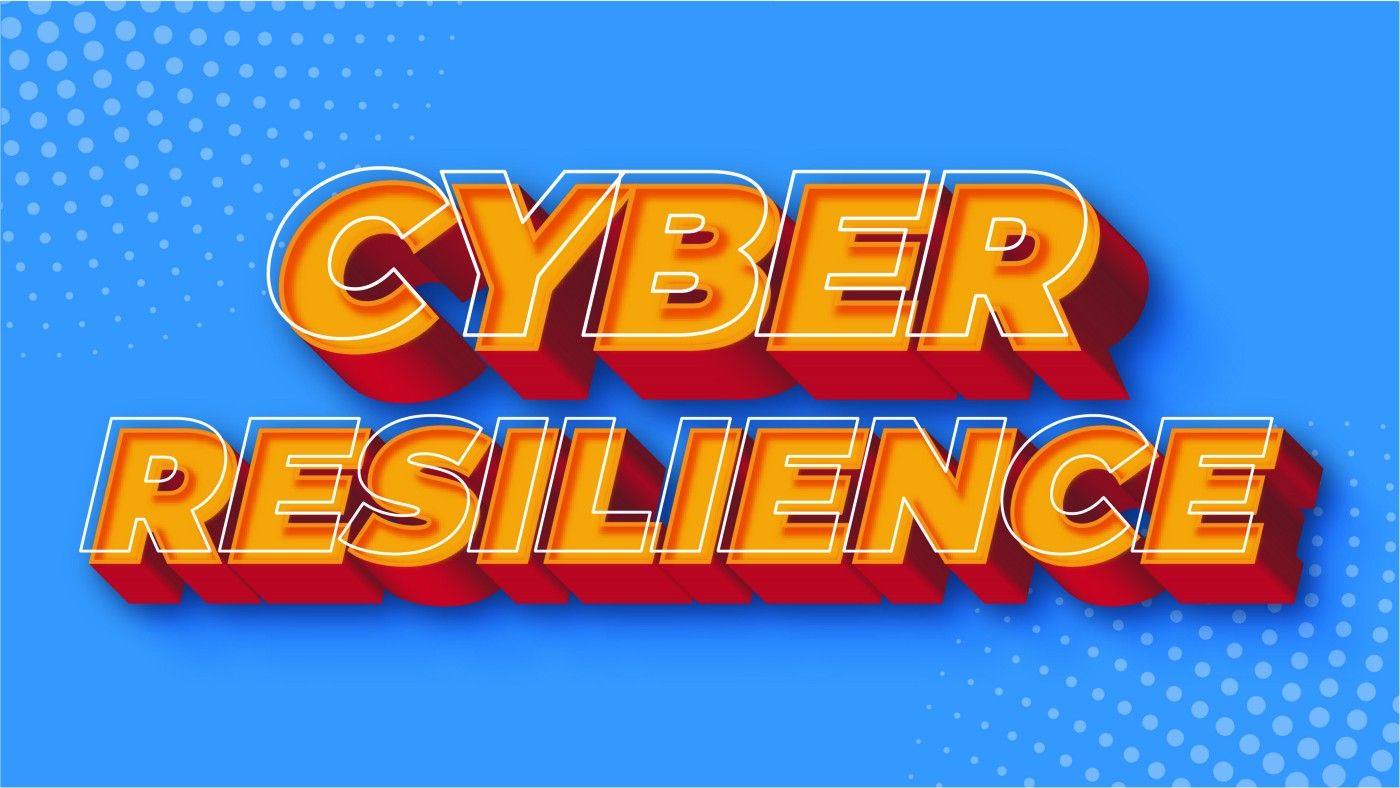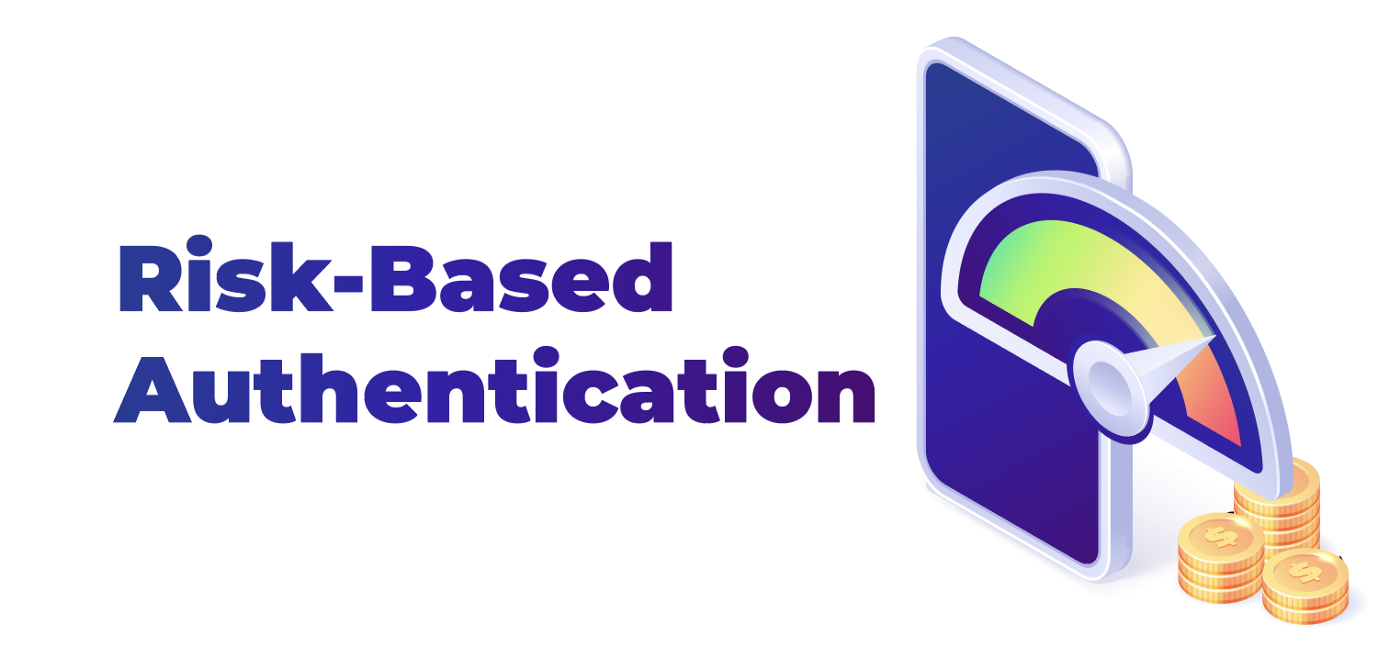The global digital payment market size is expected to grow from USD 89.1 billion in 2021 to USD 180.4 billion by 2026. The promotion of digital payments worldwide and the increasing penetration of smartphones are major contributors.
Besides, the pandemic has accelerated the adoption of contactless and wallet payments.
India, too, saw exponential growth. Thanks to 1 Billion cards and more than 2 Billion prepaid payment instruments like wallets and other digital payment modes.
But, cyberattacks are a major roadblock in the growth of digital payment solutions. These global attacks are the most critical challenges that the payment industry has been facing. New and evolving cyberattacks affect businesses by breaking into payment systems to get cardholders’ data.
The evolving frauds include :
a) Friendly fraud — Fraudsters make the purchase on a credit card, receive the product or service. Then demand a refund for a lost or short-shipped order, or file a chargeback through their credit card issuing bank. With the intention of receiving a full refund of the purchase amount.
b) Affiliate fraud — Refers to any unscrupulous activity conducted to generate commissions from an affiliate marketing program. Newer types of affiliate fraud include using stolen data for lead generation or stolen credit cards to generate sales.
c) Botnets- Submit large numbers of transactions to test the viability of stolen payment card credentials.
d) Phishing — Fraudulent communications, through email, text, or call, that appear to come from a reputed source.
e) Velocity attacks — Multiple monetary authorizations seeking to detect an active account and decipher CVV/Expiry Date values of a set of cards within a BIN range.
f) Triangulation — Fraudster is the middleman between a customer and an unsuspecting merchant. The customer places the order through the fraudster (impersonating as a merchant). Then the fraudster uses stolen credit card information to buy those goods from a legitimate merchant.
It is estimated that 9 million identities are stolen each year in the US alone, with a new victim of identity theft every two seconds. Since many people do not report identity theft, no true number of victims exists.
According to the Central Statistics Office (CSO), by 2021, loss from cyberattacks would rise to US$ 6 trillion from US$ 3 trillion in 2015. The growing number of cyberattacks is a hindrance to the adoption of digital payment services.
In a recent study by YouGov and ACI worldwide, consumers are increasingly concerned about digital payments fraud. As a result, exercise greater caution when using digital payments compared to a year ago.
71% of consumers are more concerned about scams and fraud because of Covid-19, compared to 47 percent of consumers last year at the onset of the pandemic.
The study also indicates that banks continue to be the preferred first point of contact in event of fraud. Around 60% of respondents would first call their bank to block their account or visit the bank branch to file a written complaint.
Though worldwide initiatives towards customer awareness are on the rise, the banks will need to continue to lead the way not only by increasing customer awareness but also by deploying modern and robust enterprise-level fraud management solutions.
For a delightful customer experience, banks need to predict, prevent and detect fraud attempts even before the payment processing to pave way for frictionless digital transactions.









